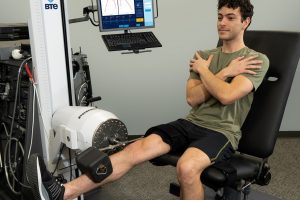-
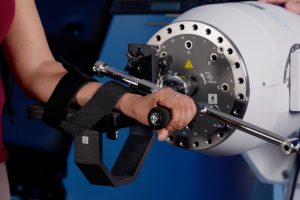
Discover how to measure, test, and strengthen wrist flexion and extension using clinical tools, functional exercises, and targeted rehab protocols.
-
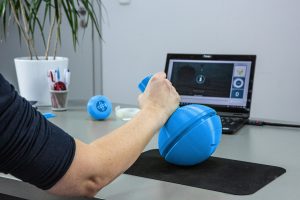
Explore top occupational therapy equipment for stroke rehab designed to assist stroke survivors in regaining mobility and performing everyday tasks.
-
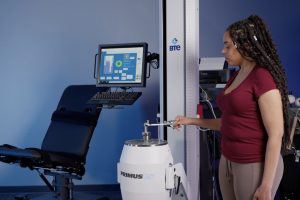
Pinch strength plays a crucial role in daily tasks, from self-care to sports, yet it often goes unnoticed until weakness sets in. This article explores the importance of pinch strength, effective exercises to improve it, and advanced rehabilitation tools like the PrimusRS that enhance therapy outcomes.
-
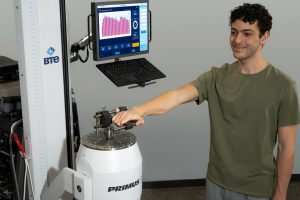
Learn how to measure hand grip strength, track progress, and enhance therapy outcomes with personalized grip strength exercises. Enhance injury recovery, build strength, and help patients regain functional abilities with the PrimusRS' advanced grip strength testing and treatment protocols.
-

An effective rotator cuff evaluation incorporates subjective patient observations and documents objective, measurable data. Let’s review some of the many parts of a rotator cuff evaluation, including the patient history, standardized assessments, a differential diagnosis, and tests for strength and range of motion.
-
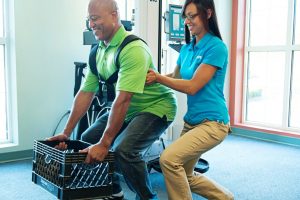
Analyzing isotonic contractions provides an objective look at two different muscle performance characteristics: power and endurance. Nearly every task we perform over the course of a day is isotonic. An effective rehabilitation program must challenge the muscles in the same way they will be used outside of the clinic.
